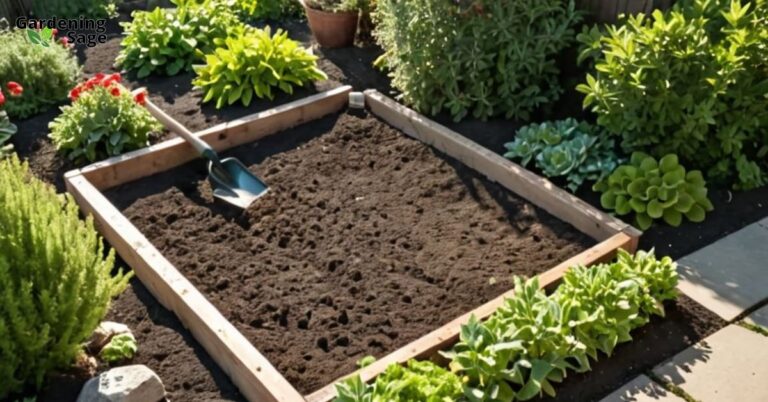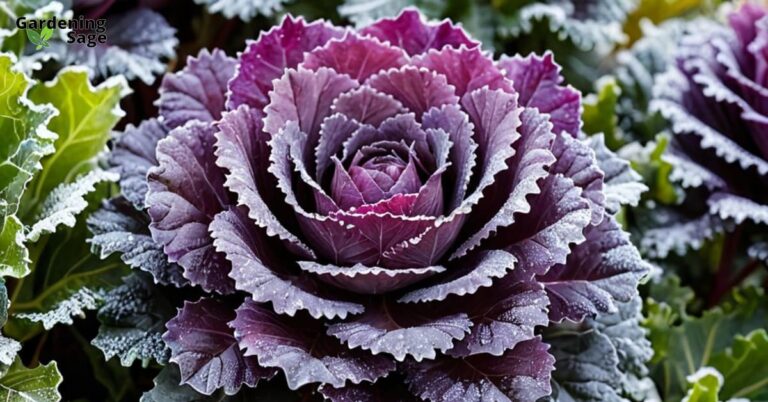Getting Your Asparagus Bed Ready
Asparagus is a delicious and nutritious vegetable that can thrive for decades in your garden with proper care and planting. When starting an asparagus bed, it all begins with the crowns. Asparagus crowns are the roots or rhizomes of asparagus plants that will generate spears year after year. While you can start asparagus from seeds, planting one-year-old crowns is a faster way to get a producing bed. With some preparation and care when planting, your asparagus crowns will establish deep roots and provide a bountiful harvest for years to come.
Choosing a Spot
Asparagus needs full sun to grow strong and vigorous. Select a spot that gets at least six to eight hours of direct sunlight daily. The bed should also have well-draining soil; standing water can cause the crowns to rot. Test your drainage by digging a hole 12 inches deep, filling it with water, and seeing how quickly it drains. The water should dissipate within an hour or two. Amend dense or clay soils with compost to improve drainage before planting.
Preparing the Soil
Asparagus prefers soil with a pH between 6.5-7.0. Test your soil’s pH and add lime if needed to reach the ideal range. Work aged manure or compost into the top 8-12 inches of soil, along with an all-purpose fertilizer following package instructions. This gives the asparagus crowns the rich soil they require to establish deep roots and grow vigorously.
Planting the Crowns
Asparagus crowns are typically planted in early spring once the soil has warmed to about 50°F. Begin by digging a trench 6-8 inches deep and 12-18 inches wide. Space the crowns 12-18 inches apart in the trench and spread the roots out. Place the crowns on a small mound of soil in the base of the trench with the roots facing down and buds facing up. Backfill the trench halfway with your prepared soil mix. Water thoroughly after planting to gently settle the soil around the crowns.
As the spears emerge and grow, continue backfilling the trench gradually over the first two months until it is level with the surrounding soil. This allows the spears to photosynthesize and deliver energy to the developing roots and crowns.
Caring For Your Asparagus Bed
Apply a 2-inch layer of mulch around your asparagus crowns to retain moisture and control weeds. Water the bed regularly if rainfall is scarce, keeping the soil moist but not saturated. Avoid harvesting any spears in the first two seasons so the crowns can become well established. After the foliage dies back in fall, cut it down to 2 inches above the soil surface.
With attentive planting and care, your asparagus crowns will develop strong roots and provide a bountiful harvest for 20 years or longer. The patience required those first two seasons will pay off exponentially when you can finally harvest heaping bundles of tender spears.
It’s important to note that asparagus plants are dioecious, meaning there are both male and female plants. Male plants typically yield more spears and are often preferred for planting. However, female plants produce seeds that can result in volunteer seedlings, which can be beneficial for expanding your asparagus bed naturally over time.
When considering the layout of your asparagus bed, keep in mind that these perennial plants will occupy the space for many years. It’s wise to choose a location where they will not be disturbed by future garden projects or construction. Additionally, asparagus plants can grow quite tall, often reaching 4-5 feet in height, so be sure not to plant them where they will shade other sun-loving plants in your garden.
As your asparagus bed matures, you may notice an increase in the size and quantity of spears. This is a sign that your plants are well-established and thriving. To maintain a healthy asparagus bed, it’s recommended to periodically divide overcrowded areas. This involves carefully digging up the crowns and separating them before replanting. Dividing your asparagus can rejuvenate the bed and ensure continued high yields.
Lastly, asparagus is relatively low-maintenance, but it’s not immune to pests and diseases. Common issues include asparagus beetles, which chew on spears and foliage, and fusarium wilt, a fungal disease that can weaken or kill your plants. Regular monitoring and organic control methods can help keep these problems at bay and ensure that your asparagus bed remains productive and healthy.
By following these detailed steps and providing consistent care, you will create an asparagus bed that not only survives but thrives. The initial effort you put into selecting the right location, preparing the soil, and planting the crowns will set the foundation for a perennial vegetable source that will delight you with its annual spring bounty. Enjoy the fruits of your labor when those succulent asparagus spears finally make their way to your table, marking the beginning of a fresh and flavorful season.














